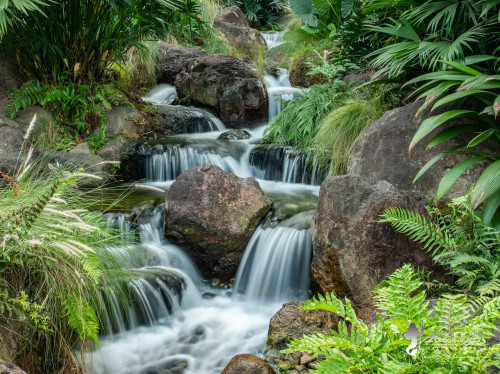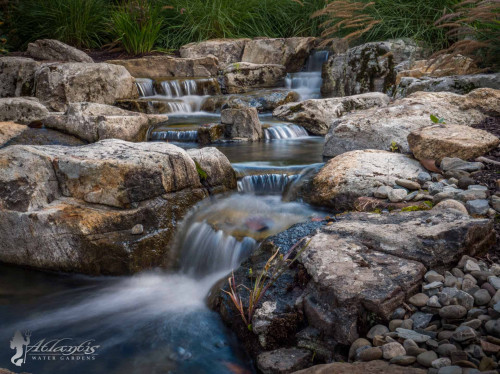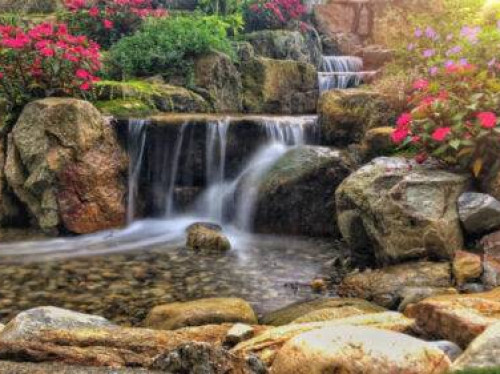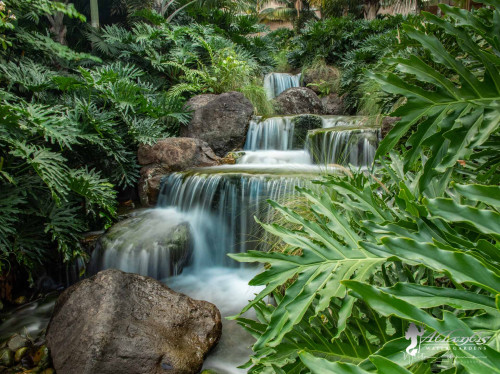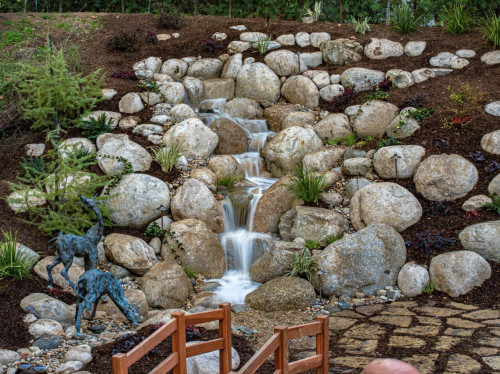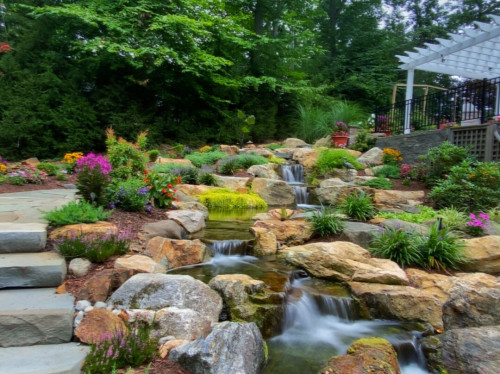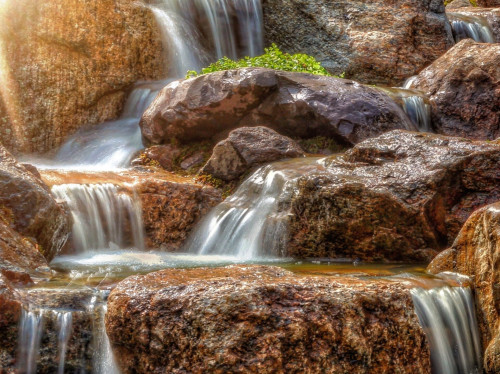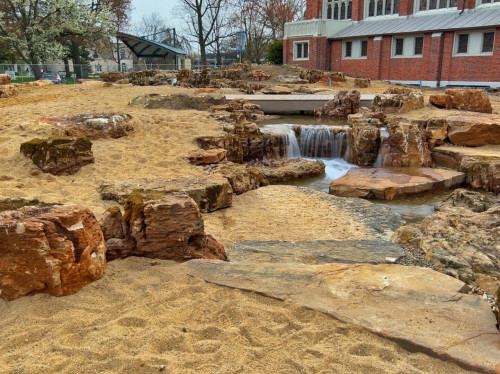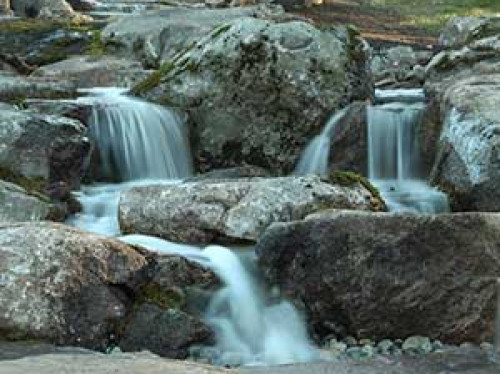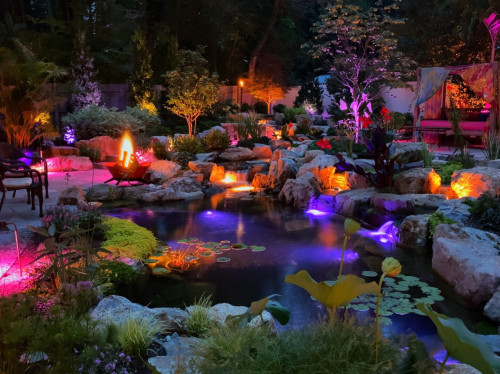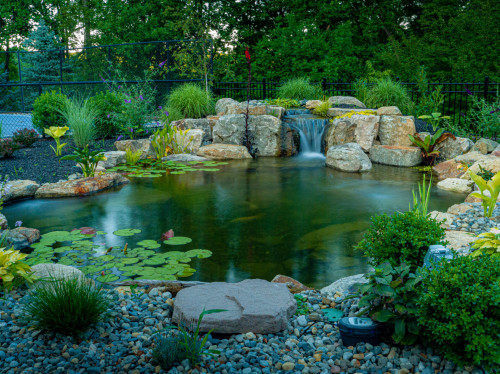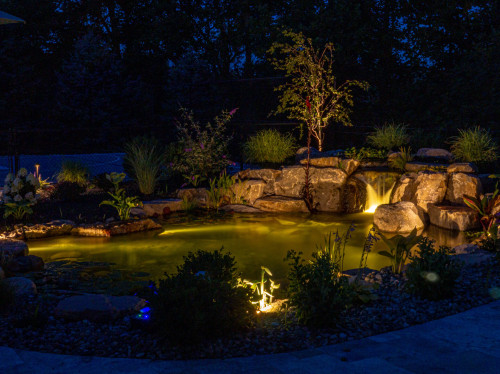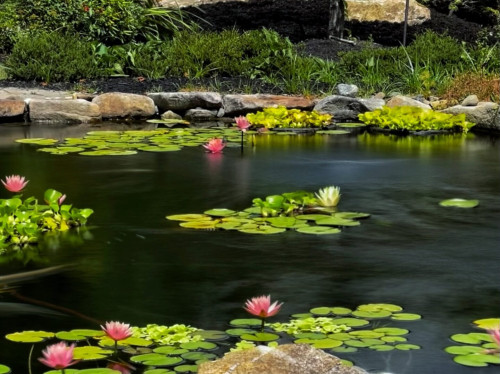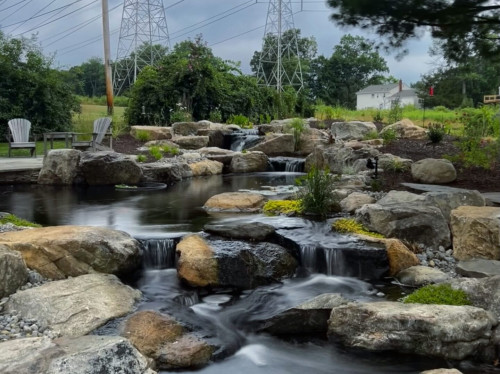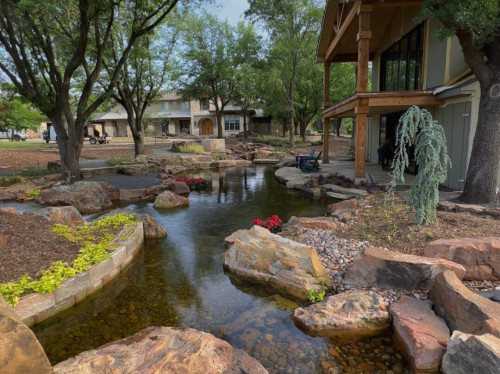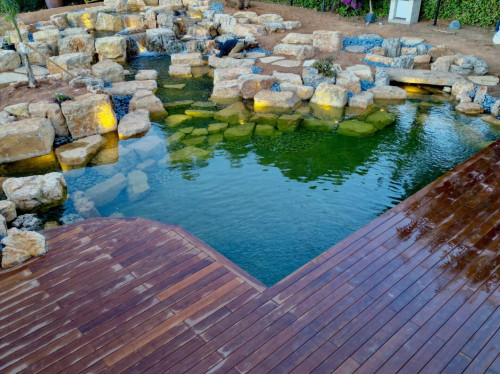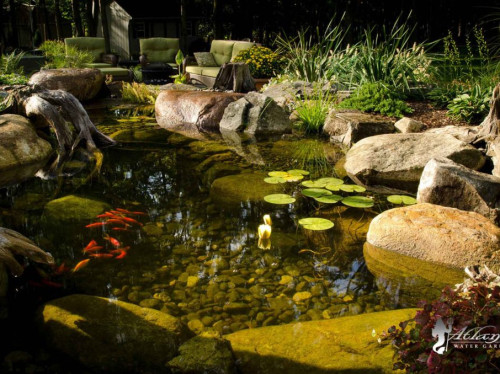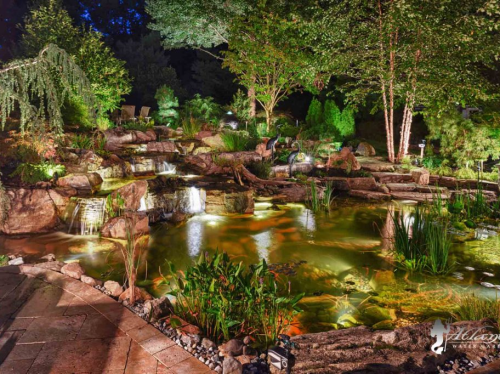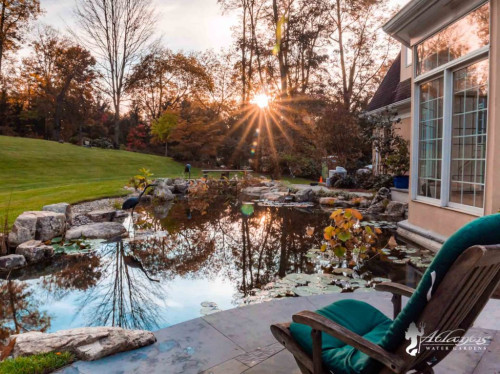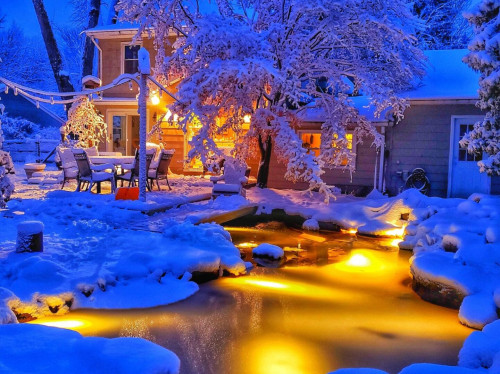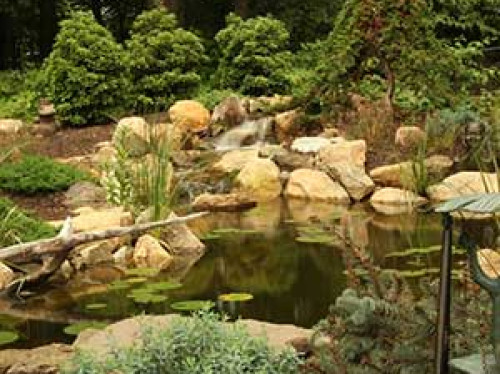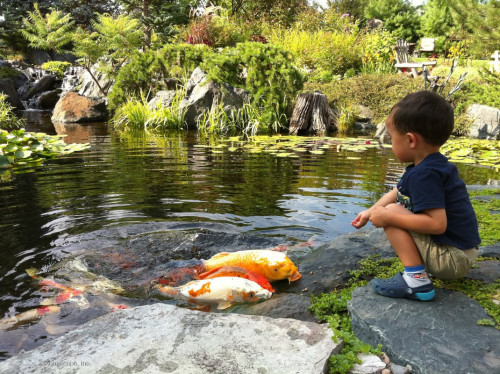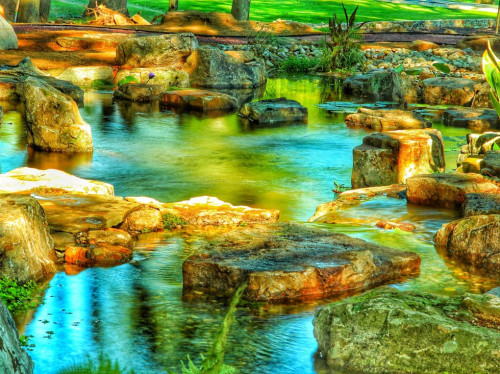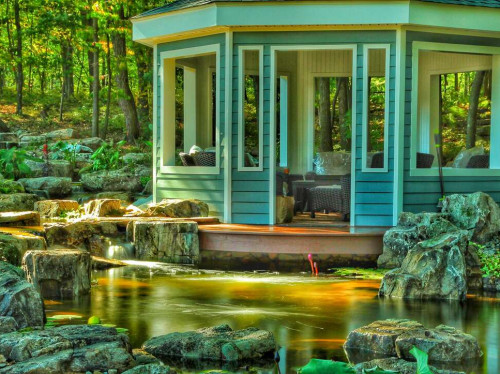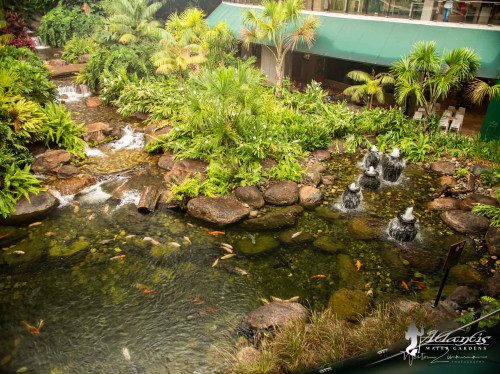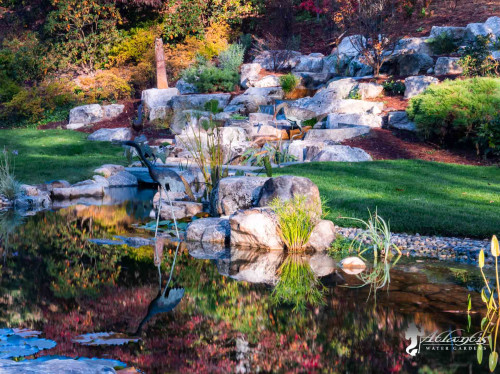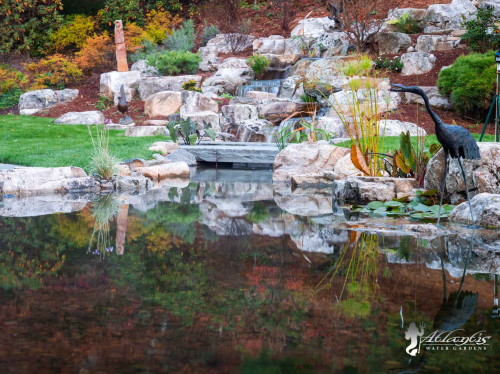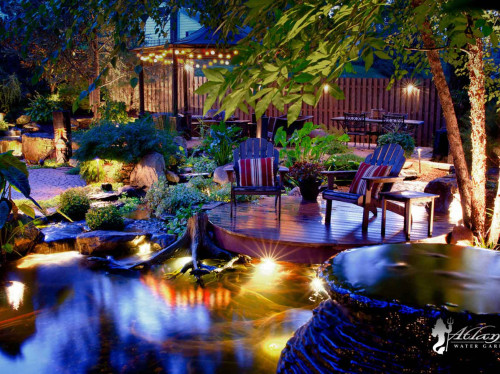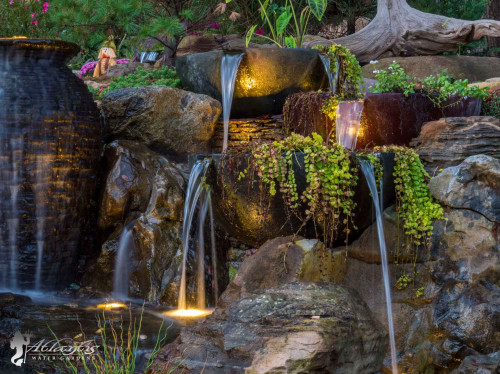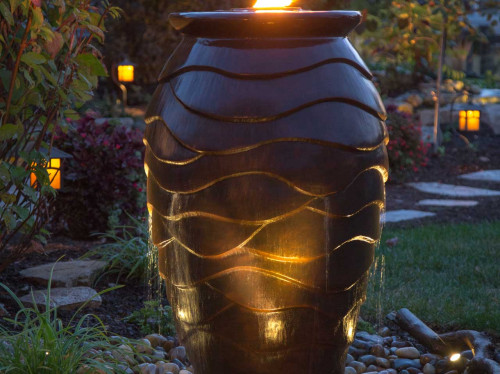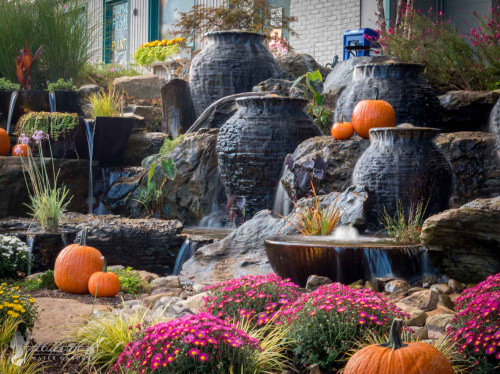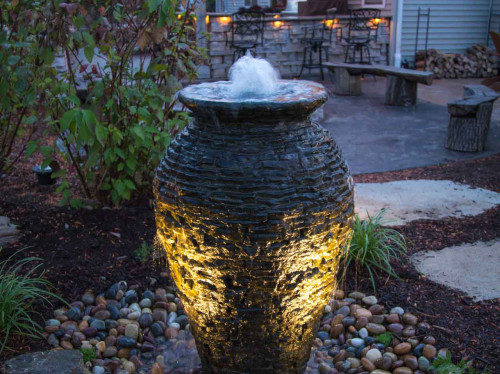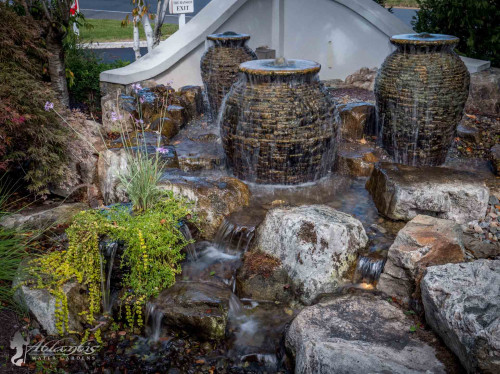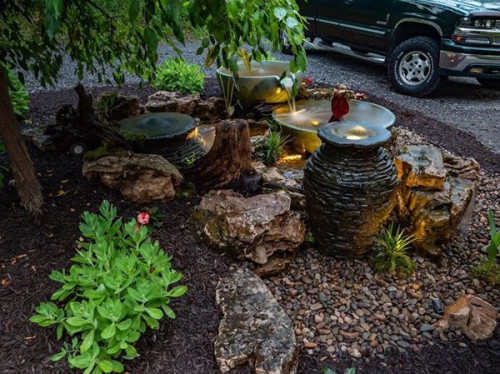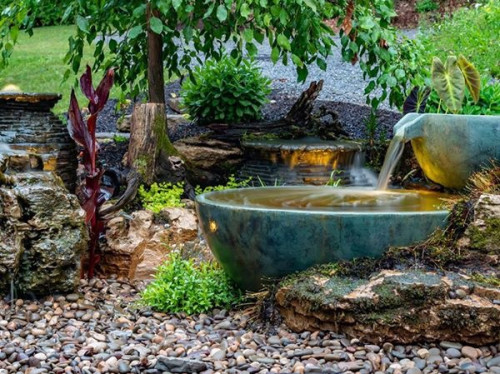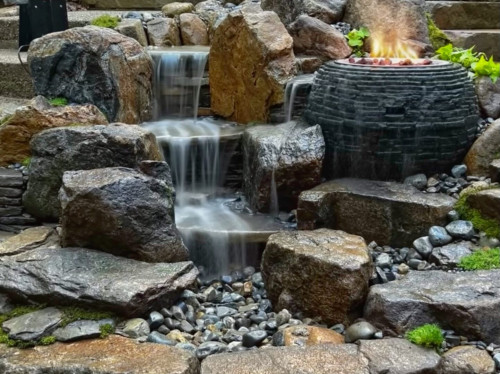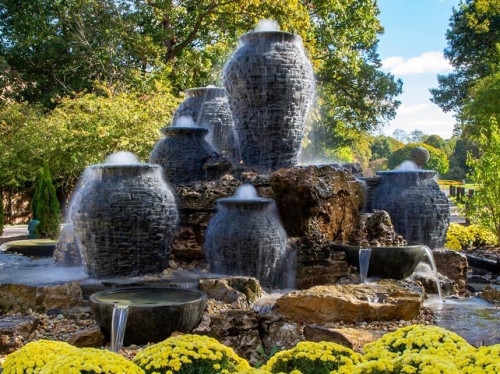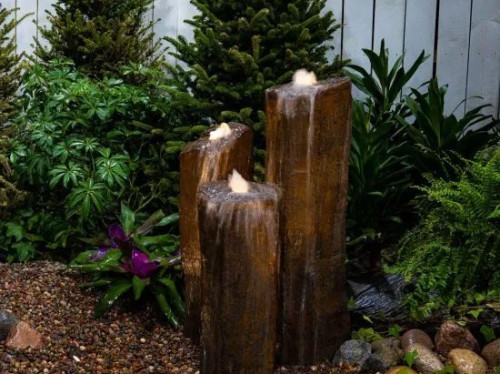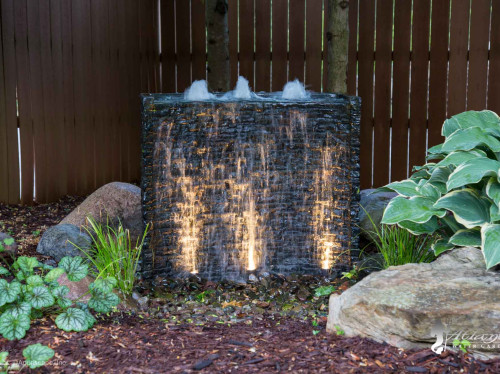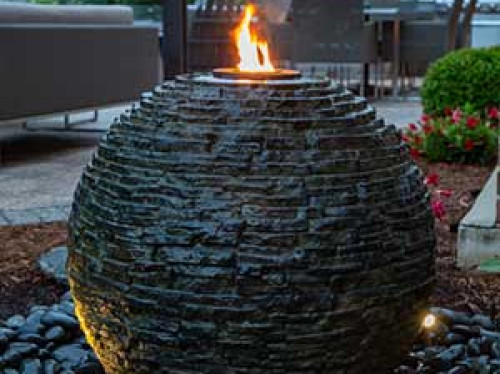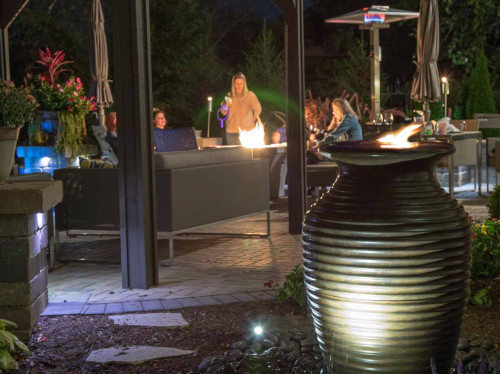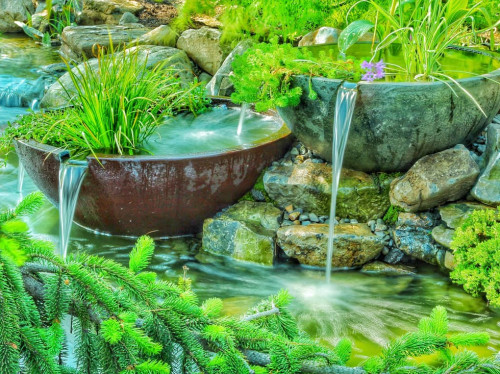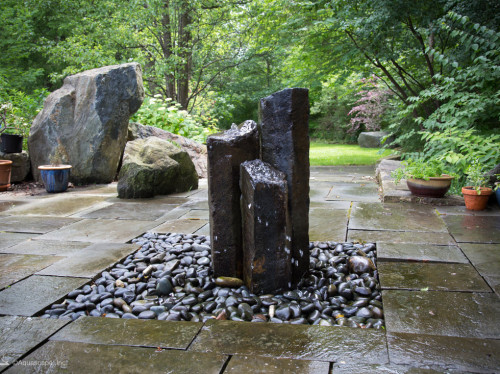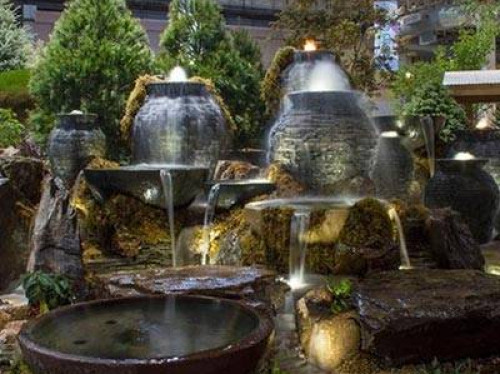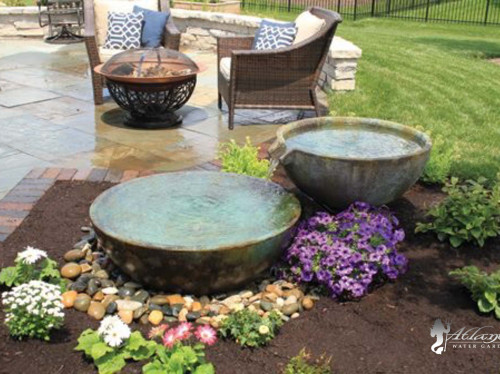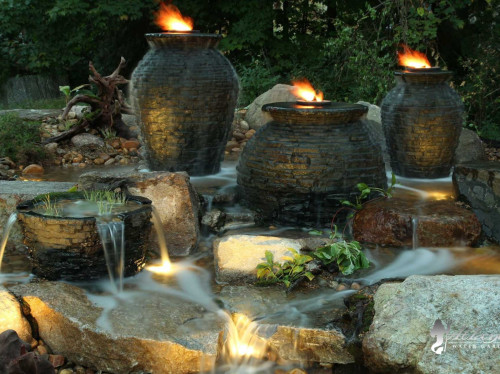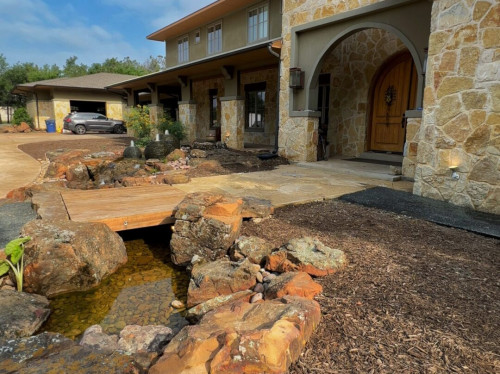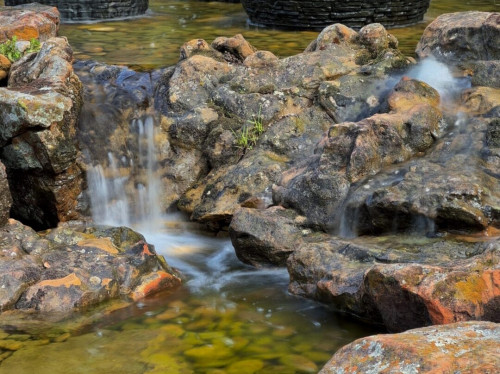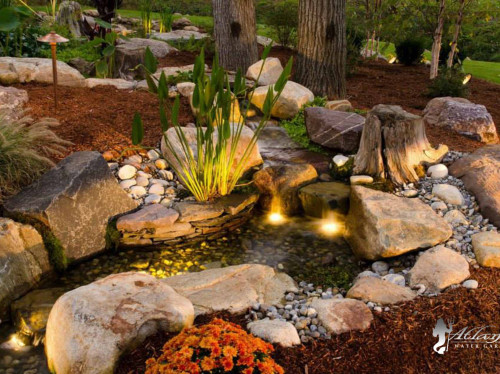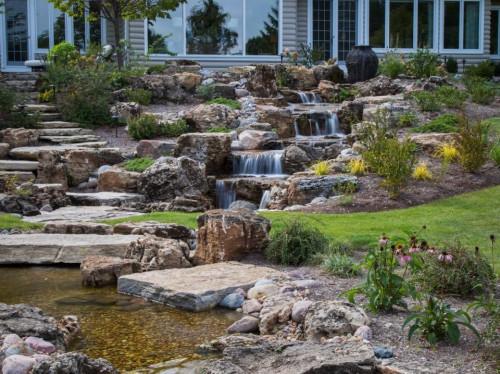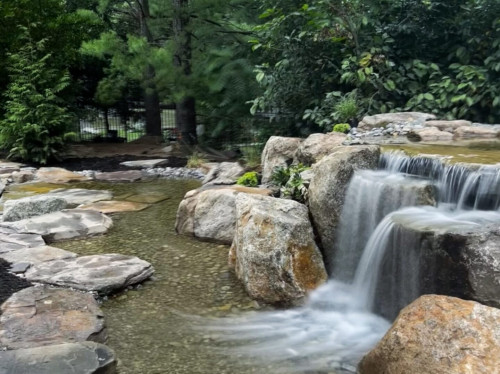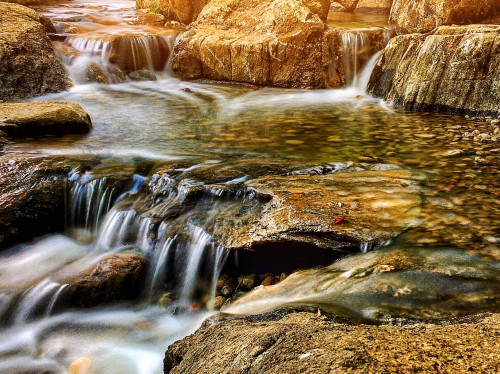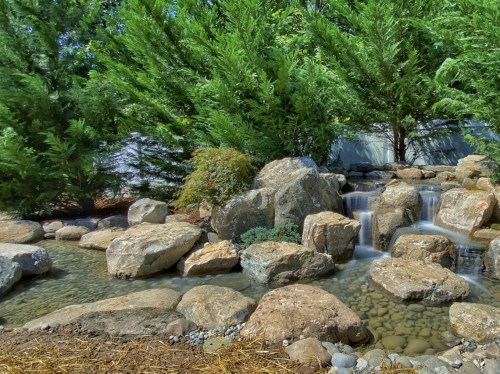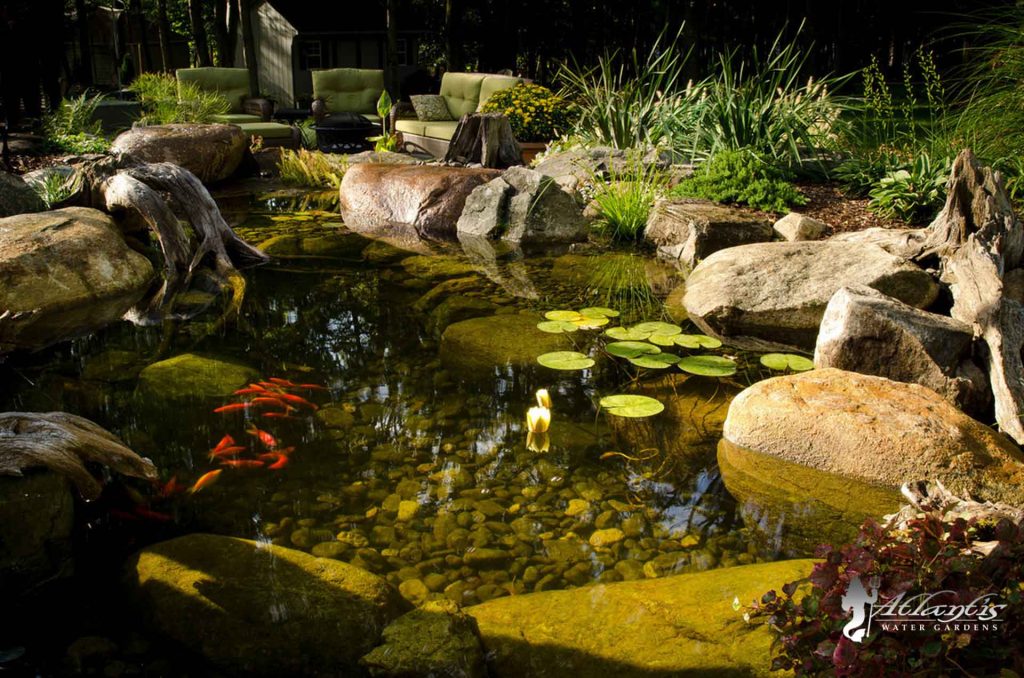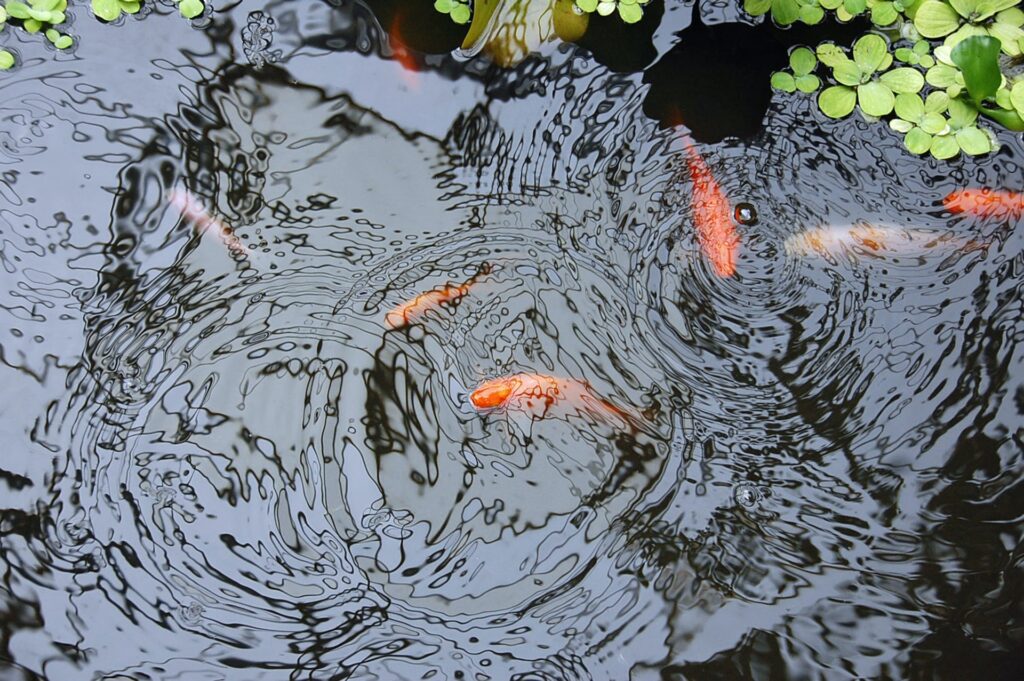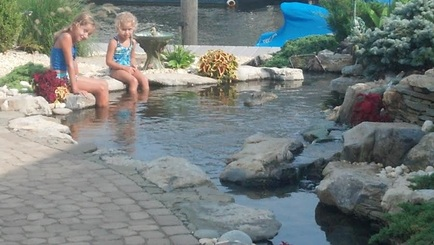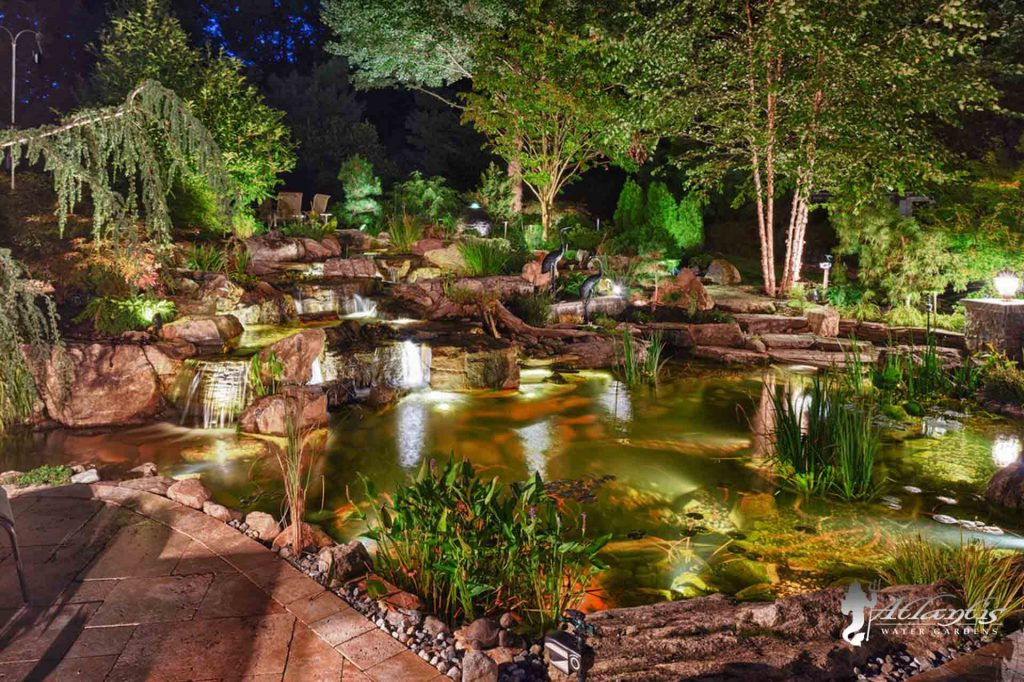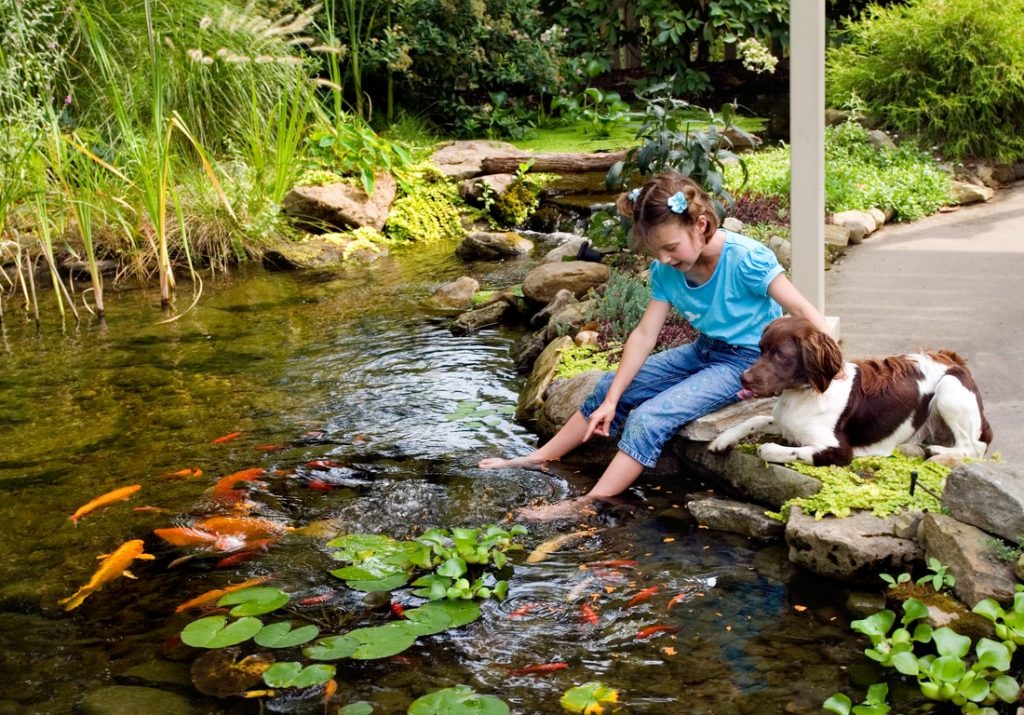If you want to give your outdoor space a makeover, consider installing a fountain. The benefits of an outdoor fountain go beyond aesthetics. It can attract wildlife to your garden and help create a relaxation area where you can chill out with friends and family. As your fountain circulates water, negative ions are produced. They remove particulate matter, helping improve indoor air quality.
Before you start your fountain installation project, be sure to address these problems.

Poor Accessibility
When determining the best route to bring the fountain to the installation area, consider its size and weight. If you want to install a bulky fountain, make sure the area is accessible, or your contractor’s crew may face difficulty moving through it.
Keep the path clear and remove any objects that can cause an obstruction, or your contractor can trip over it and get hurt, or they may drop an important fountain part, such as the pool or wall basin, on the ground, accidentally damaging it. If the diameter of your fountain’s basin is more than 70”, make sure there is enough space for the delivery truck to back up.
Clearing the Installation Area
Before installing your fountain, clean the installation area. If any existing landscaping can pose an obstruction or additional materials are needed, inform your fountain installer in Morristown in advance so they can plan accordingly. If the area is boggy, add contractor’s sand to the soil to improve drainage. Contractor’s soil can also help build a stable and strong foundation for your fountain.
If the fountain is to be installed on a deck or a wall, or you want to hide unsightly wires and cords, your contractor will need power tools to drill into concrete. Sharing your requirements with your contractor a few days before the installation day is a great way to ensure they arrive well-prepared on the installation day.
Inadequate/No Power Supply
If the area does not have access to electricity, have an electrician install a ground fault circuit interrupter or GFCI/GFI, or a standard outdoor electrical box in an easy-to-reach area near the fountain before the installation day. After installing your fountain, your water feature contractor will want to fill it with water and operate it to check if it works properly. If the area is far from the water source, your contractor will need a hose to direct water from the source to your fountain.
Choosing a Fountain Location
Install your fountain in an area where it will be visible. Ensure there are no overgrown plants in the area and it receives ample natural light. Select an area that is close to a water source. If the fountain you are considering has a larger pump, install it in an area where it won’t drown out your conversations.
Atlantis Water Gardens is a leading water feature contractor in Morristown. Our unparalleled ability to bring our customers’ vision to life sets us apart from other Morristown water feature contractors. To schedule an installation, call 973-627-0515.
Take The Plunge!
Schedule a phone call and get to pick the brain of one of our experienced designers about your project Schedule My Call NowLovin’ It? Want more pics?
We got em. 🙂 Here’s some pretty photos you can look at to destress.


